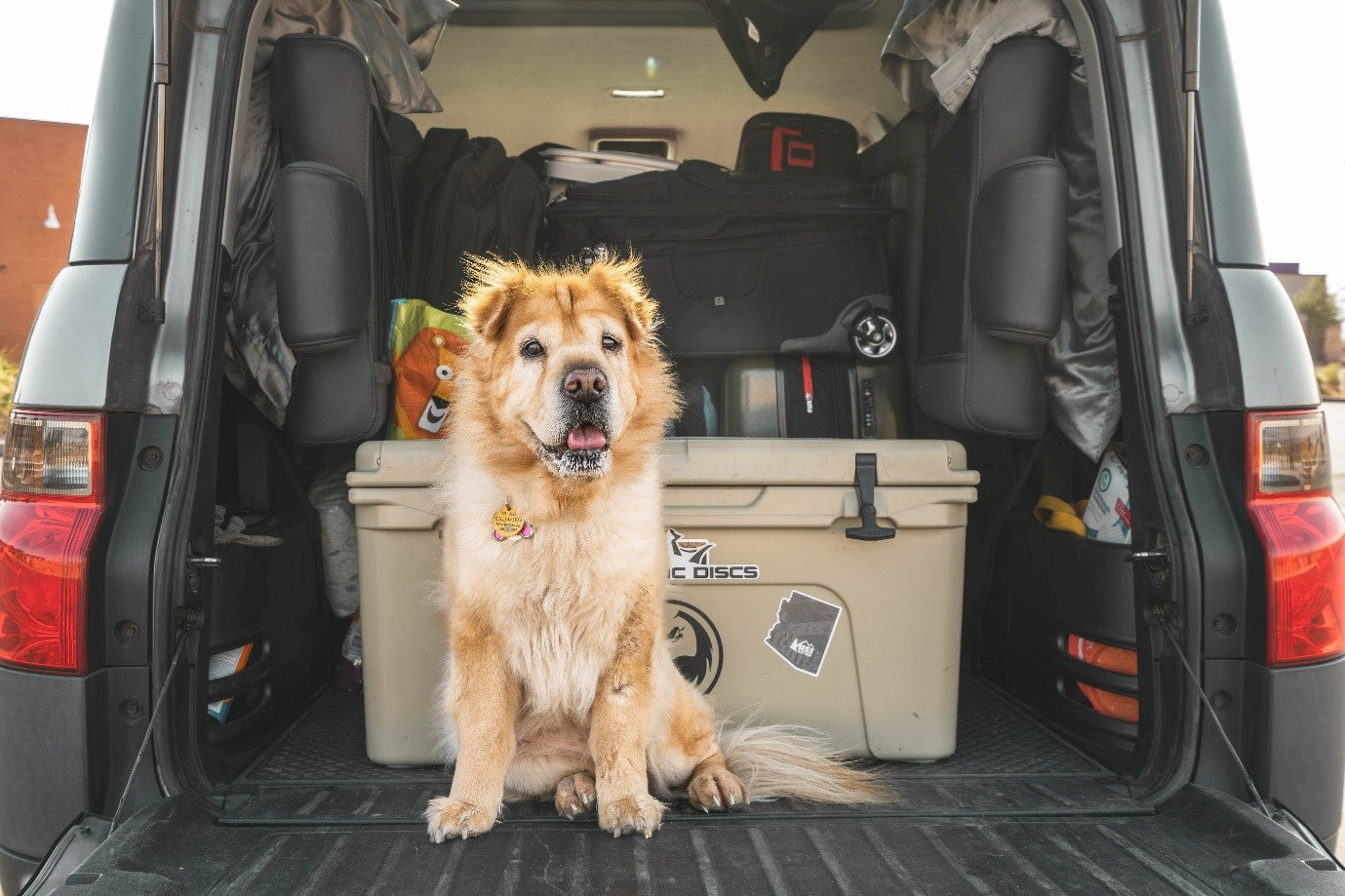While many people think of the emergency evacuation planning process as only pertaining to their family and human members, it's just as important - if not more so - to have a pet evacuation plan in place, too. This article discusses the key components of creating an effective pet evacuation plan and provides helpful tips on how to make sure your furry friend is safe and accounted for during a disaster.
Types of disasters that can occur
Disasters come in many forms, and no two are exactly alike. However, they all have the potential to cause significant damage and disrupt lives. Some of the most common types of disasters include hurricanes, tornadoes, floods, and wildfires. Additionally, there can be man made disasters like war and terrorism. While each type of disaster is unique, they all have the ability to cause great harm.
How to prepare for your pet’s safety before a disaster
When a disaster strikes, it's often too late to start preparing. That's why it's important to have a plan in place before an emergency situation arises. Here are a few things you can do to get ready:
- One of the most important things you can do is create a plan. If you need to evacuate, make sure you know where you're going and how you'll get there. Create a list of emergency contacts. Include family, friends, and neighbors who can help you in a pinch. If possible, choose a friend or relative who lives outside of the affected area that can care for your pets and plan for this ahead of time.
- If that's not possible, research and have a list of pet-friendly hotels or shelters in advance. It's also a good idea to have your pets microchipped and to keep a list of any medications they need. This will help them be quickly reunited with you if they become lost without compromising their health.
- Familiarize yourself with the types of disasters that could occur in your area. This will help you know what to expect and how to react.
- Practice evacuation routes and other safety procedures with the entire family, including your pets. This will help ensure that everyone in the family knows what to do and how to care for your pets in an emergency.
- Put together an emergency kit for your pets that includes the essentials.
Pet Evacuation Kit
- Your Pet Evacuation Kit should include the following:
- A carrier or crate for each pet
- Food and water for at least a week
- Bowls
- Leash, harness, and muzzle if needed
- Waste bags, paper towels or wipes
- Toys, favorite blanket, treats,
- Dog sweaters, and dog boots/shoes based on weather and relocation site
- Stress relief products
- Pet first aid kit- include basics like styptic powder, antibiotic cream, bandages, and scissors.
- Pet life vest for areas prone to flooding.
- A list of important information about your pet(s) including:
- Pet's name, Age, Breed, Sex
- Any medical conditions and medications your pets need
- Note if pet is micro chipped
- Personal Vet’s contact information
- Copies of your pet's vaccination records
- A photo of your pet and one of you with your pet.
- List of emergency animal hospitals and veterinarians at evacuation locations
Finally, make sure you practice your plan. This will help ensure that everyone knows what to do in an emergency and where to meet up if one happens.
How to evacuate your pet
When evacuating your pet, always put their safety first. If you have to evacuate by car, make sure they are securely fastened in a carrier or seatbelt. If you are evacuating on foot, keep them close to you on a leash. Here are a few things to remember:
- Have easy access to your pet’s evacuation kit and take it with you.
- Make sure your pet is wearing a collar with ID tags and has been microchipped
- Know where you are going. Pets are not allowed in most emergency shelters, so it's important to have a list of animal shelters and hotels that accept pets.
- Make sure all members of your household are aware of the evacuation plan and know where to go if they can't reach you.
- Have a meeting place outside of your neighborhood in case you're unable to return home after evacuating
- Leave a note at your home where friends and family members know your route and destination and where your pets will be.
How to acclimate your pet at the destination
Once you have a safe place for your pet, make sure they are comfortable and have everything they need. If possible, bring their bedding, food, and toys from home to help them feel more at ease. If you have to leave your pet at a shelter or friends house, make sure they know about your pets’ routines, feeding times, potty habits and favorite playtimes or walk times. This will help them better adjust to this new and different environment. Also make sure to inform the caretakers about any health conditions and medications that your furry friend may need.
Disasters can happen at any time, so it's important to have a pet evacuation plan in place well before you need it. By taking the time to create a plan and make sure your furry friend is included in your family emergency preparedness strategy, you'll be able to rest assured knowing that everyone is safe and accounted for during an emergency. Have you created a pet evacuation plan yet? If not, now is the perfect time to start!
Special Needs for Pet Evacuations Internationally
If you are an owner of a pet in Ukraine and live in an area that is in danger, it is important to have a pet evacuation plan in place to ensure the safety of you and your family including your furry friend. In addition to the above-mentioned evacuation plan, Internationally, one needs to know what routes to take to ensure their pets are safe.
Check for countries accepting the import of pets without strict regulations. Some countries have loosened the regulations for importing pets amidst the crisis in Ukraine. Belgium, Germany, and Italy for instance.
Like human beings, your dog will be stressed and disoriented after an emergency. Remember to be kind, keep their routines as normal as possible and comfort them.
Resources:
Ifaw.org- Helpful information for people fleeing Ukraine with their pets
The Humane Society of the United States- Make a disaster plan for your pets
CDC.gov- Pet Safety in Emergencies
We here at Health Extension send our love and safe evacuations to all who are affected by this situation.



